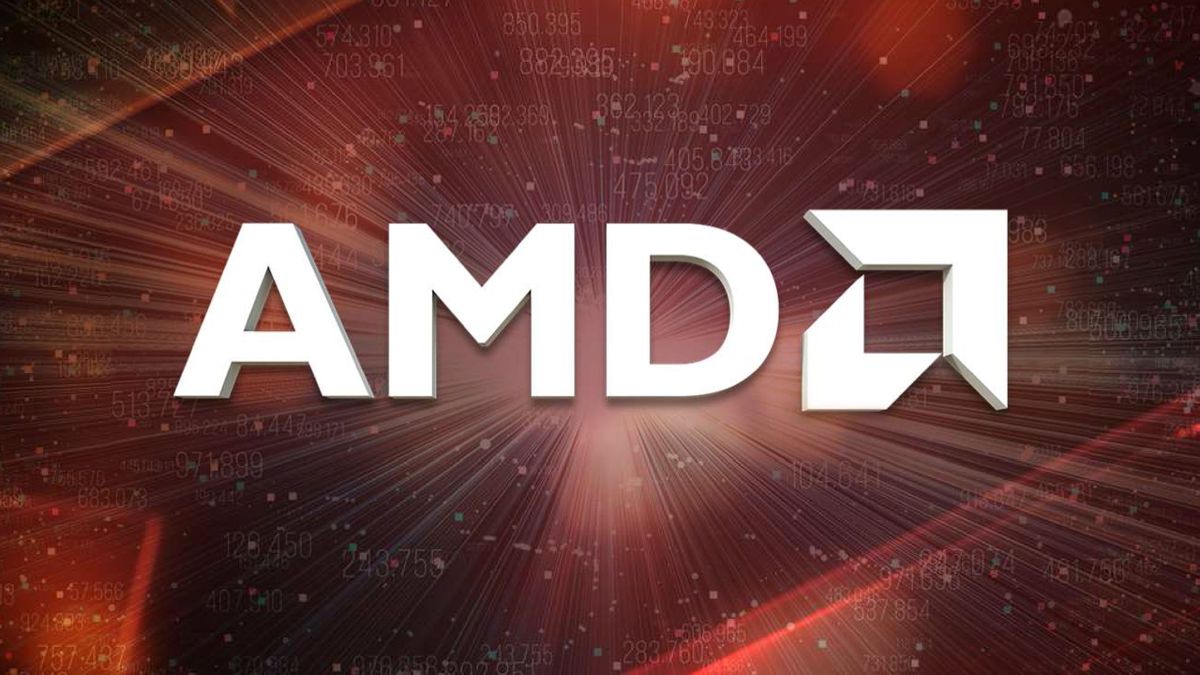
Now that AMD produces most of its CPUs, GPUs, and custom SoCs at Taiwan Semiconductor Manufacturing Co. (TSMC), the company may become the foundry's second-largest customer, right after Apple (according to a report from Seeking Alpha). If this happens, AMD will have a much more favorable negotiation position with TSMC than other companies such as Nvidia, Qualcomm, and Broadcom. If AMD becomes TSMC's second-largest client, it will not only be able to negotiate more favorable financial terms with the foundry, but it will also be able to influence the development of TSMC's future process technologies, process recipes, and get access to the latest nodes faster.
AMD Is Getting Bigger
Historically, Nvidia has almost exclusively used TSMC's services to produce virtually all of its GPUs. In contrast, AMD had to make most of its chips at GlobalFoundries due to a wafer supply agreement between the two companies, leaving only a portion of its products for TSMC.
That changed in 2018 after GlobalFoundries decided to pull the plug on the development of its 7nm fabrication process and refocus on producing chips using speciality manufacturing technologies, essentially leaving the leading-edge node market to TSMC and Samsung Foundry. The decision allowed AMD to renegotiate its WSA with GlobalFoundries and transit manufacturing of virtually all of its CPUs, GPUs, and SoCs to TSMC, which made AMD's products dramatically more competitive. In contrast, Nvidia decided to use Samsung Foundry's services to make its Ampere family of GPUs for client PCs.
AMD significantly increased its purchases from TSMC in 2019 — 2020 as its market share and shipments increased. Sales to AMD accounted for 4% of TSMC's revenue in 2019, increased to 7.3% in 2020, and are on track to rise to 9.2% in 2021, according to estimates of The Information Network published by Seeking Alpha. Even if AMD does not meet the analysts' expectations in 2021, it will still significantly increase its purchases from TSMC after it merges with Xilinx in the coming years.
In contrast, Nvidia is expected to decrease its share in TSMC's revenue to 5.8% this year. Furthermore, Huawei's HiSilicon, which used to be TSMC's second-largest client, is no longer served by the foundry due to restrictions imposed by the U.S. Furthermore, since a number of Qualcomm's new designs will be made at Samsung Foundry this year, it's share will also decrease at TSMC.
TSMC Customer Share of Revenues in 2019 - 2021
| 2019 | 2020 | 2021 | |
| Apple | 24% | 24.2% | 25.4% |
| HSilicon | 15% | 12.8% | 0% |
| Qualcomm | 6.1% | 9.8% | 7.6% |
| Nvidia | 7.6 | 7.7% | 5.8% |
| Broadcom | 7.7% | 7.6 | 8.1% |
| AMD | 4% | 7.3% | 9.2% |
| Intel | 5.2% | 6% | 7.2% |
| Mediatek | 4.3% | 5.9% | 8.2% |
Source: SeekingAlpha
AMD isn't going to challenge Apple as TSMC's largest customer any time soon, but it will be ahead of Broadcom and Intel, according to The Information Network. Intel has been gradually increasing its TSMC orders in recent years and will continue to do so as it introduces new GPUs and other products architected specifically with TSMC in mind. Meanwhile, The Information Network does not seem to expect Intel to outsource a significant portion of new products to TSMC this year, so its share of TSMC's revenue is projected to be at 7.2%.
If AMD becomes TSMC's second-largest client, it will not only be able to negotiate more favorable financial terms with the foundry, but it will also be able to influence the development of TSMC's future process technologies, process recipes, and get access to the latest nodes faster. This will further increase AMD's future products' competitiveness as the company might extract some additional performance or increase its transistor budgets over time.
Quo Vadis, Nvidia?
One of the interesting questions that arise is where Nvidia is heading as a major TSMC customer going forward. The company uses TSMC's 7nm fabrication process to make its top-of-the-range A100 processor, yet its consumer Ampere line uses Samsung Foundry's custom N8 node.
On the one hand, Nvidia may continue to use both Samsung Foundry and TSMC to make different kinds of products and somewhat mitigate undersupply risks and avoid competition for capacity with considerably larger customers (e.g., Apple, HiSilicon, Intel). On the other hand, given the long-term nature of foundry-client relationships and foundries' preference to serve larger customers, working with two contract makers of semiconductors does not make a lot of financial sense these days. Furthermore, since it is becoming extremely hard to port a design from one manufacturer to another, few fabless designers attempt to double source a single product.
An interesting situation might occur if Apple, AMD, Intel, Nvidia, and Qualcomm choose to use one of TSMC's leading-edge nodes in the coming years. This will require TSMC to increase its leading-edge output tangibly. Still, even if the company succeeds in increasing its output quickly, it does not guarantee that there will be no competition for wafer starts among these customers.
In fact, TSMC's FinFET N3 node could be more appealing to customers than Samsung's 3 nm MBCFET-based fabrication process because chip designers will not have to develop brand new IP from scratch. That said, TSMC may score more design wins with its N3 than it did with N7 and N5.
In any case, if AMD becomes TSMC's second-largest customer, it will be far easier for the company to secure chip supply from the world's largest contract maker of semiconductors, which will force Nvidia to order chips at Samsung Foundry.
The Link LonkMarch 18, 2021 at 09:07PM
https://ift.tt/3bUKRfE
AMD Expected to Become TSMC's Second Largest Customer - Tom's Hardware
https://ift.tt/2ZDueh5
AMD

No comments:
Post a Comment